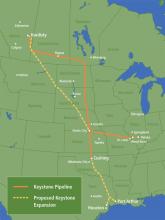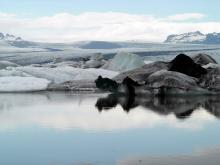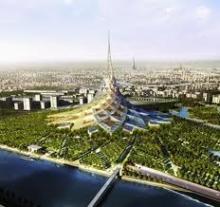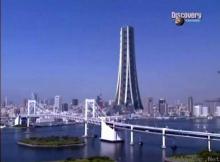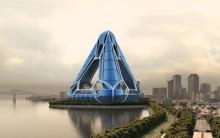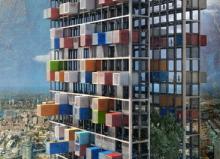Thrift stores are pretty great, no matter how you slice it! They preserve our natural resources by recycling perfectly good things instead of buying new ones, keep stuff out of our landfills, and save us a fortune in cash. What's not to like?
One quietly persistent issue with thrift store clothing, however, is how to clean it to make sure everything is, you know. Okay.
I ran into this recently when I hit the local Value Village and found two pairs of jeans in my size for $3 each. Three bucks! These are perfectly normal jeans, too - not bedazzled, or cut weird, overly worn, or "super stretch" material, or anything else unsavory. Honestly I often turn up my nose at the thought of thrift store clothes, but I couldn't resist getting a pair of $30 jeans for a tenth that cost!
Now what?
The sad truth is that thrift stores do not have the time or resources to launder everything before offering it for sale. Most clothes go straight from the donation bins to the sales racks. Occasionally, they may be sprayed with a delousing treatment. High-end clothing may be hung up and steamed to remove any wrinkles. But you have to assume that the clothes you buy have not been treated since the last person wore them.
Step 1: QuarantineThe first thing you want to do with your thrift store clothes,
according to Health Magazine editor Dr. Roshini Raj, is bag them up and put them somewhere neutral for two weeks. A garage, a back porch, the basement, etc.
This two week quarantine will starve off any
scabies mites that might be in the clothes. Scabies are microscopic insects that are transmitted via clothing and bedding. They cause itching, rashes, and social awkwardness. Two weeks may sound like a long time, but trust me on this. Wait it out. Although scabies are relatively easy to treat, you do not want them!
Step 2: DisinfectingThis is the first of two cleaning stages. You have two options here:
Option 1: Launder the clothing using hot water, and a
half cup of disinfectant. This can be bleach, Lysol, or Pine-Sol, whichever you prefer.
Per the manufacturers' instructions, bleach should be proper chlorine bleach, not the newer "color safe" kinds. Lysol and Pine-Sol should be the original varieties, not the scented forms.
Dry your clothes on the hottest setting they can stand.
Option 2: Have the items dry cleaned. This costs a bit of money, but it will kill any lingering bacteria or viruses, and it has a lesser chance of damaging your clothing.
Step 3: DeodorizingThat funky thrift store smell. You know it, even if you can't quite put your finger on it. Get rid of it by washing your clothes a second time.
This time use your normal detergent, and a cup of white vinegar. Dry your clothes as you usually would. The vinegar will kill the thrift store smell dead! (And leave your clothes soft in the dryer, to boot.)
Photo credit: Flickr/Lance McCord



